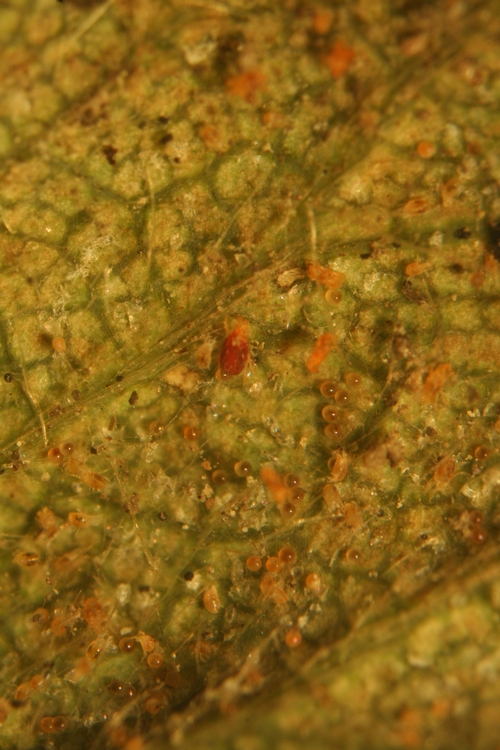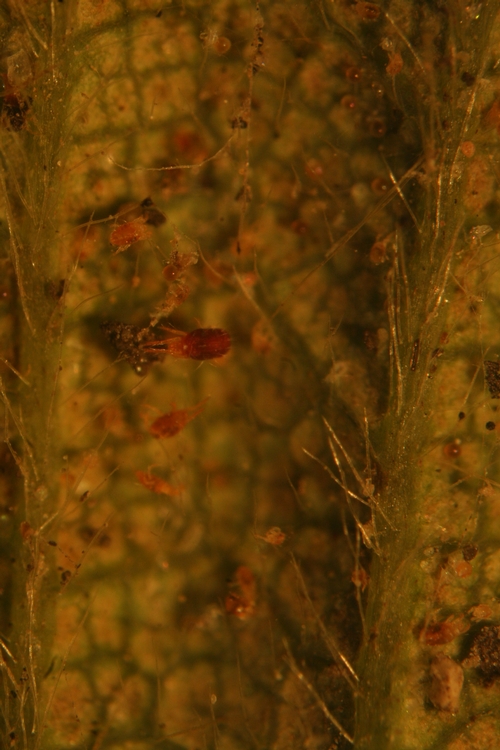Carmine Mite in Strawberry - Addended
This one doesn't show too much in strawberry here on the Central Coast, so I was glad when the sample was brought in to me. Complaint was fairly significant numbers of a reddish mite mixed together with a mess of twospotted mite. Are these going to cause a problem was the question. Given that the carmine mites here are few in number and, as per the UC IPM website, tend to decline anyway as the temperatures warm in the spring, my call was to focus on the vast numbers of twospotted spider mite here.
I'm not going to restate the excellent information provided by colleague Shimat Joseph several years on the Salinas Valley Agriculture blog, so here is the link:
https://ucanr.edu/blogs/blogcore/postdetail.cfm?postnum=20391
March 25, 2021 Addendum:
In terms of control of carmine mite, growers are benefiting from the settlement of a controversy within the world of acarology (the study of mites) that has been brewing since 1867. Thanks to entomologist Dr. Sarah Zukoff at the CalPoly Strawberry Center, I was made aware of a paper recently published in the journal Acarologia comparing point by point the morphology, biology and genetics of these mites and arriving at the clear conclusion that the genus and species of carmine mite are actually the same as twospotted spider mite. That is to say, they are both Tetranychus urticae and carmine mite is simply a non-spotted, "red form" of twospotted spider mite.
Far from being an idle intellectual exercise for an out of touch academic elite, this finding is of real consequence on the farm. Because carmine mites are exactly the same genus and species as twospotted spider mite, the control methods would naturally be identical - the same chemistries and predators would be effective against both of them. This is very good to know should carmine mite, or perhaps better described now, the red form of twospotted spider mite, become a pest of consequence in one's strawberries.
Hat tip again to Dr. Zukoff, who brought this important information to my attention.

Initial view of a carmine spider mite, ostensibly larger, distinctly red mite, surrounded by mostly nymphal stages of twospotted spider mite.

Closer view. Carmine mite among large infestation of twospotted spider mites. Note late stage twospotted mite nymph at upper left.


Posted by Esther Kibbe on March 26, 2021 at 6:05 AM